When you think of cherries, you think of the small, sweet fruit used to make a pie or maraschino cherries to put on your favorite ice cream or use in a cherry cocktail. However, we make an exception for one special cherry, and its pit, our beloved coffee bean.
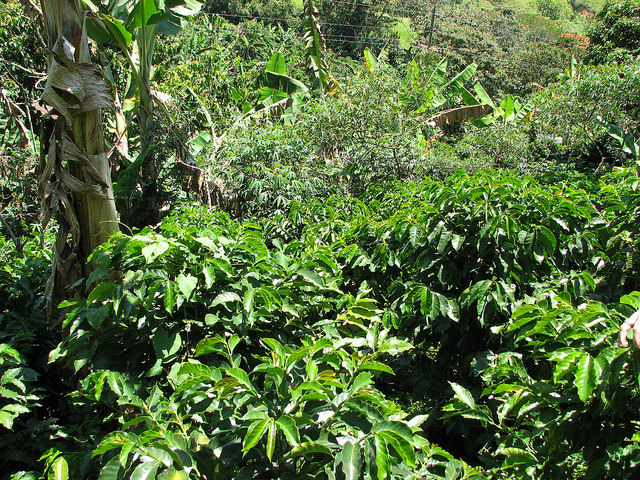
Photo courtesy of counterculturecoffee on Flickr
1. The Coffee Plant
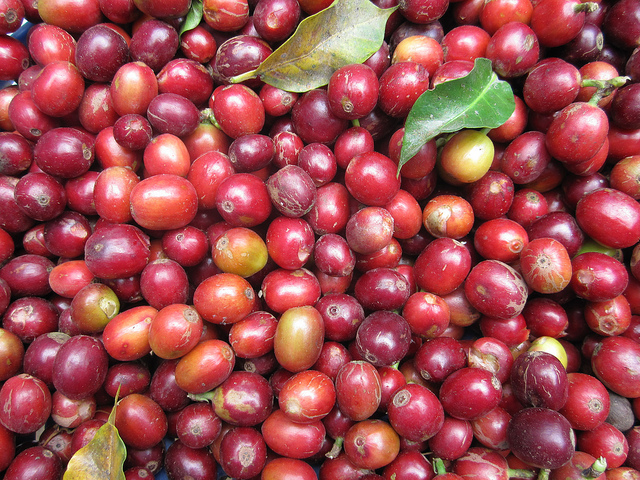
Photo courtesy of onepercolated on Flickr
Coffee plants can take 3-4 years to grow before they bear fruit and are able to be harvested. There is usually one harvest a year, sometimes two. The harvested cherries are either hand picked or machine picked. Handpicked cherries usually result in riper, sweeter fruit, but hand-picking is extremely time-consuming and labor-intensive.
2. Coffee Cherries
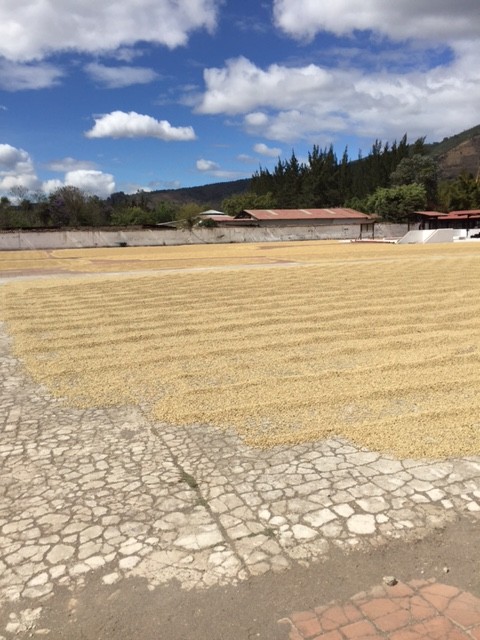
Photo by David Tregaskis
The cherry itself is edible, but the lack of meat leaves the seed as its main appeal. When the cherry is ripe, you can squeeze it open and collect the seed. This can be done by wet mill machines or other methods depending on the country and farm, just as long as the skin and fruit separate from the seed.
3. Sun Patios
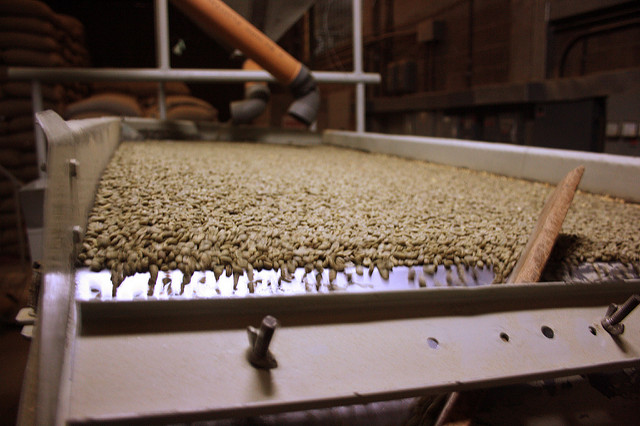
Photo courtesy of Ben Kaminsky on Flickr
However, the more traditional way is the dry method, where the cherries are put out to dry on large concrete patios in the sun. They are turned to help them dry and are covered when it rains and at night to keep them protected and in good shape. Whether the beans have been wet-milled or not, they are still put on sun patios and frequently raked. The goal is to dry the beans out until they reach 10-12% moisture, which can take up to two weeks.
4. The Mill
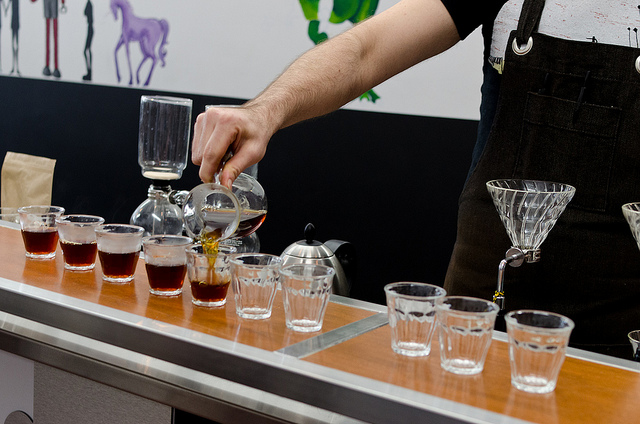
Photo courtesy of s13_eisbaer on Flickr
After the coffee beans are finished drying on the sun patios, the parchment husk of the coffee bean must be removed. The parchment coffee bean will go through a milling process that will remove the parchment from the bean. Ideally, the coffee beans will be a dull green. If not, they will be tossed aside or perhaps be used for instant coffee, which can still be gourmet.
5. Cupping
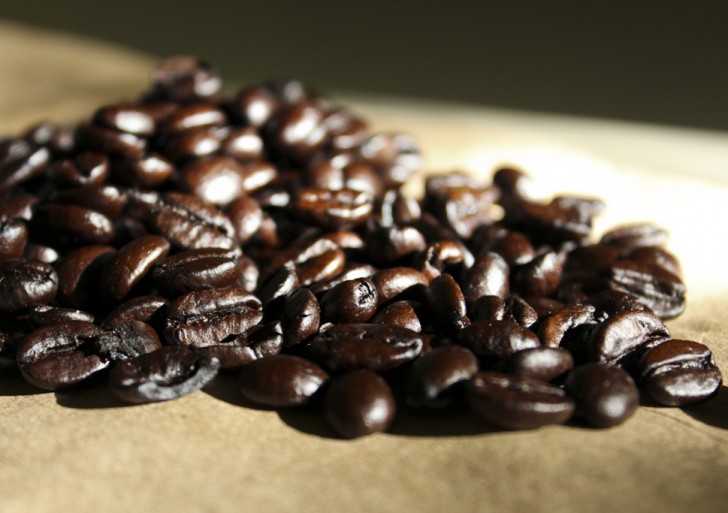
Photo by Abby Reisinger
The green coffee beans are tested by roasting in small amounts. The taste testers are called cuppers, who taste the coffee for aroma, flavor, quality, and more. This process helps determined what beans are good, if they should be used and how they should be roasted.
6. Coffee

Photo by Jennifer Cao
Finally, the green coffee beans are ready for roasting and production. The coffee beans are roasted anywhere from 9-12 minutes at 450º – 500ºF. Once they are done roasting, they become the wonderful coffee beans that we enjoy so dearly. All that’s left for us to do is the coffee brewing and the coffee drinking. Who knew a cherry seed could taste so good?

